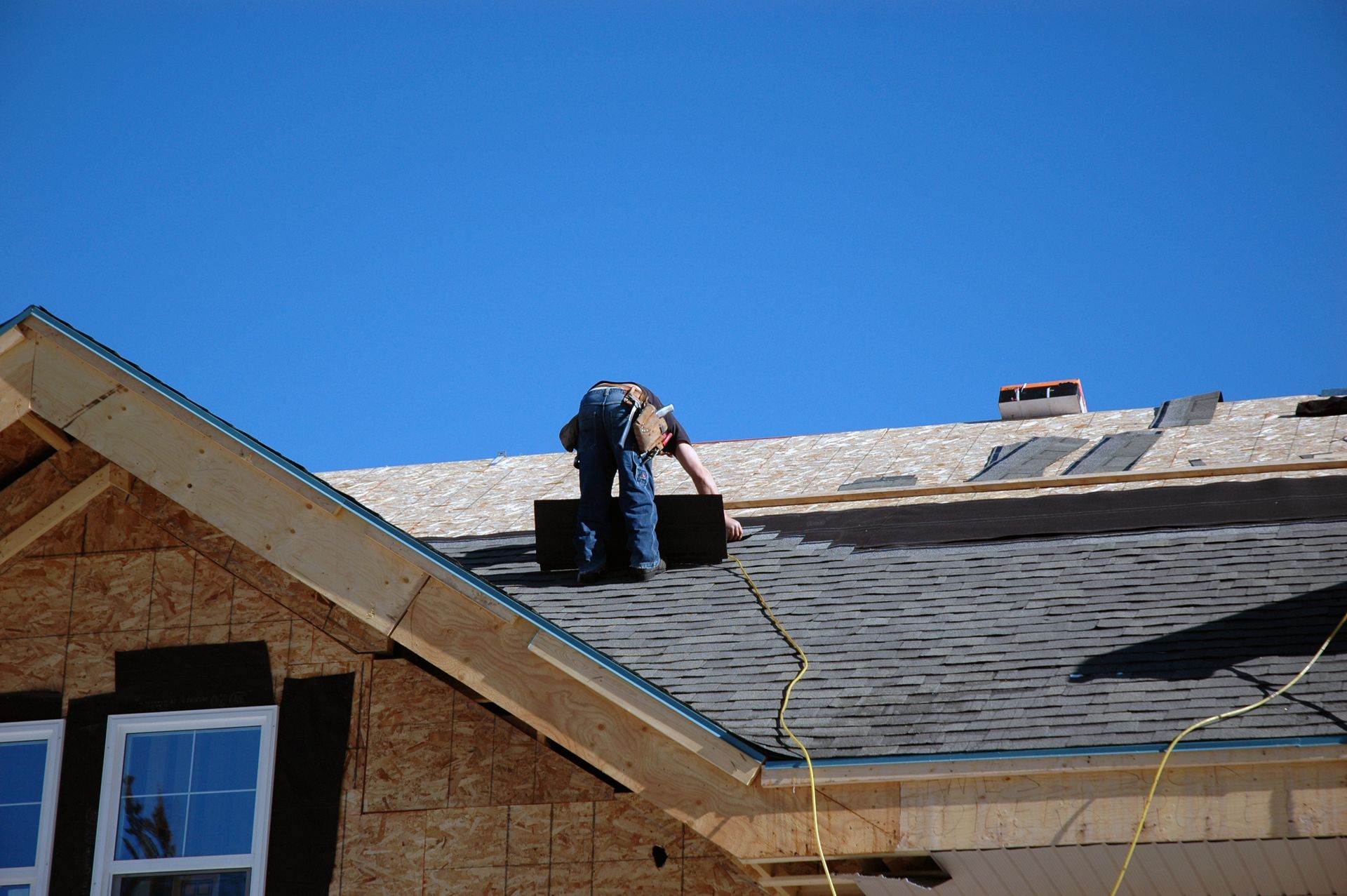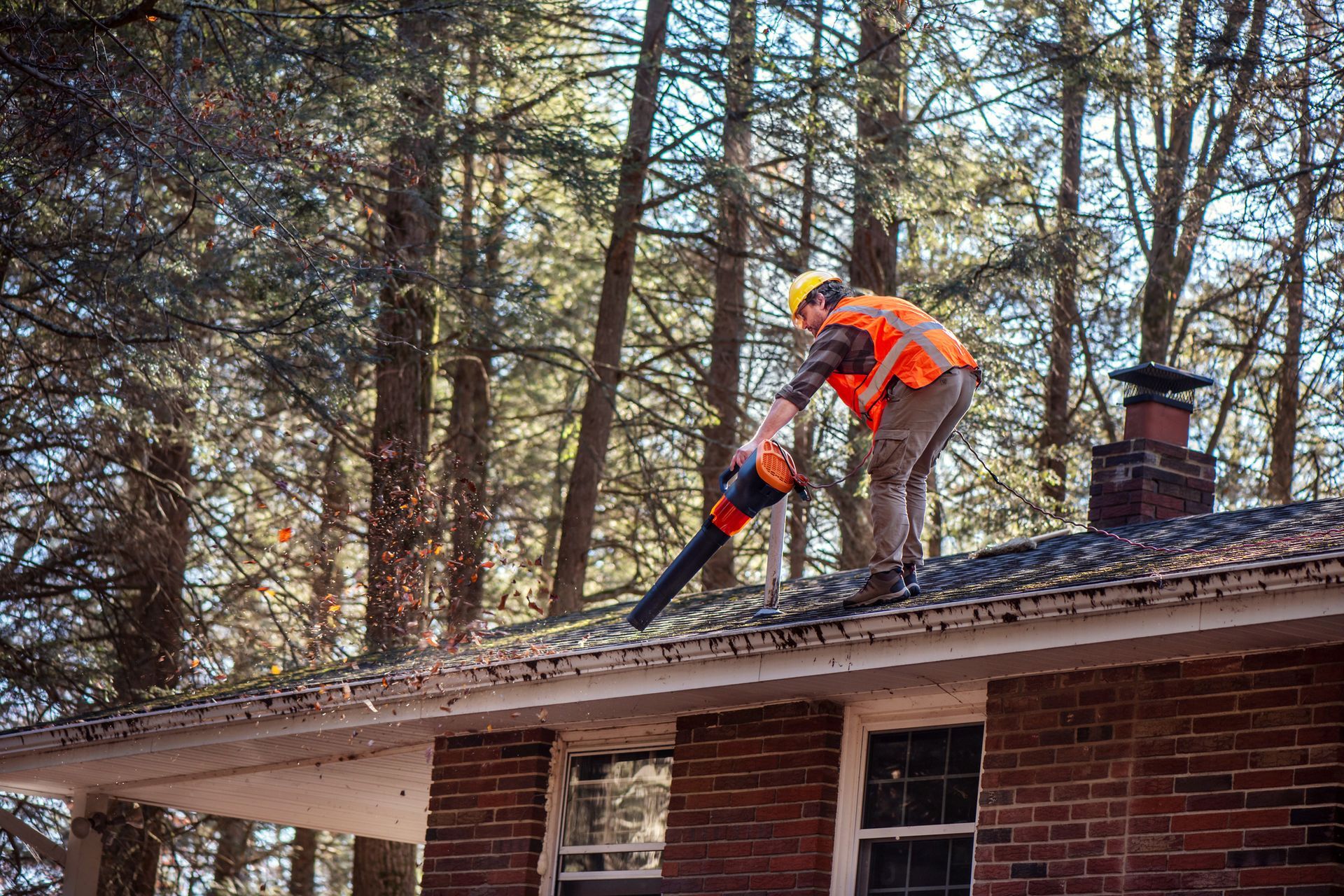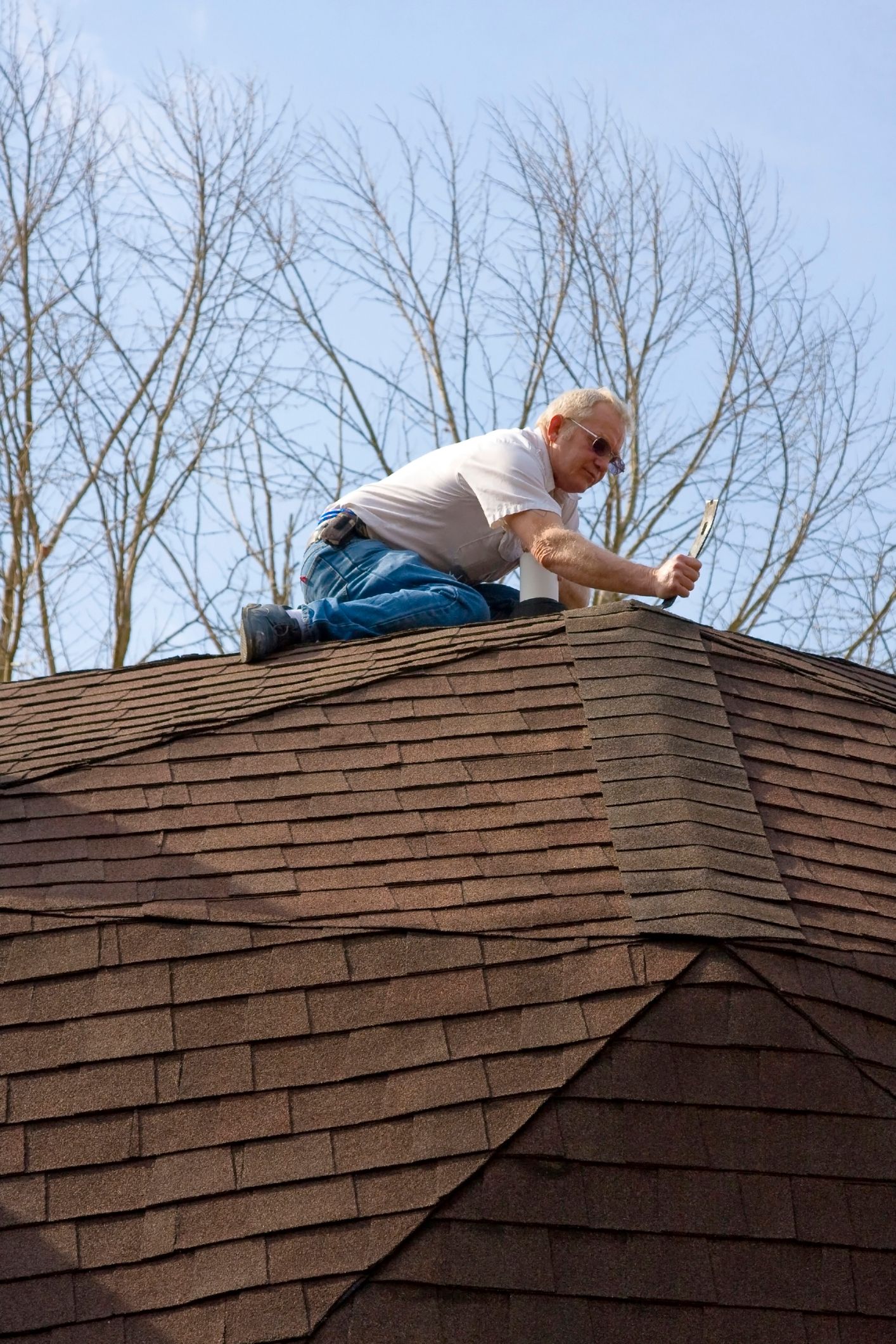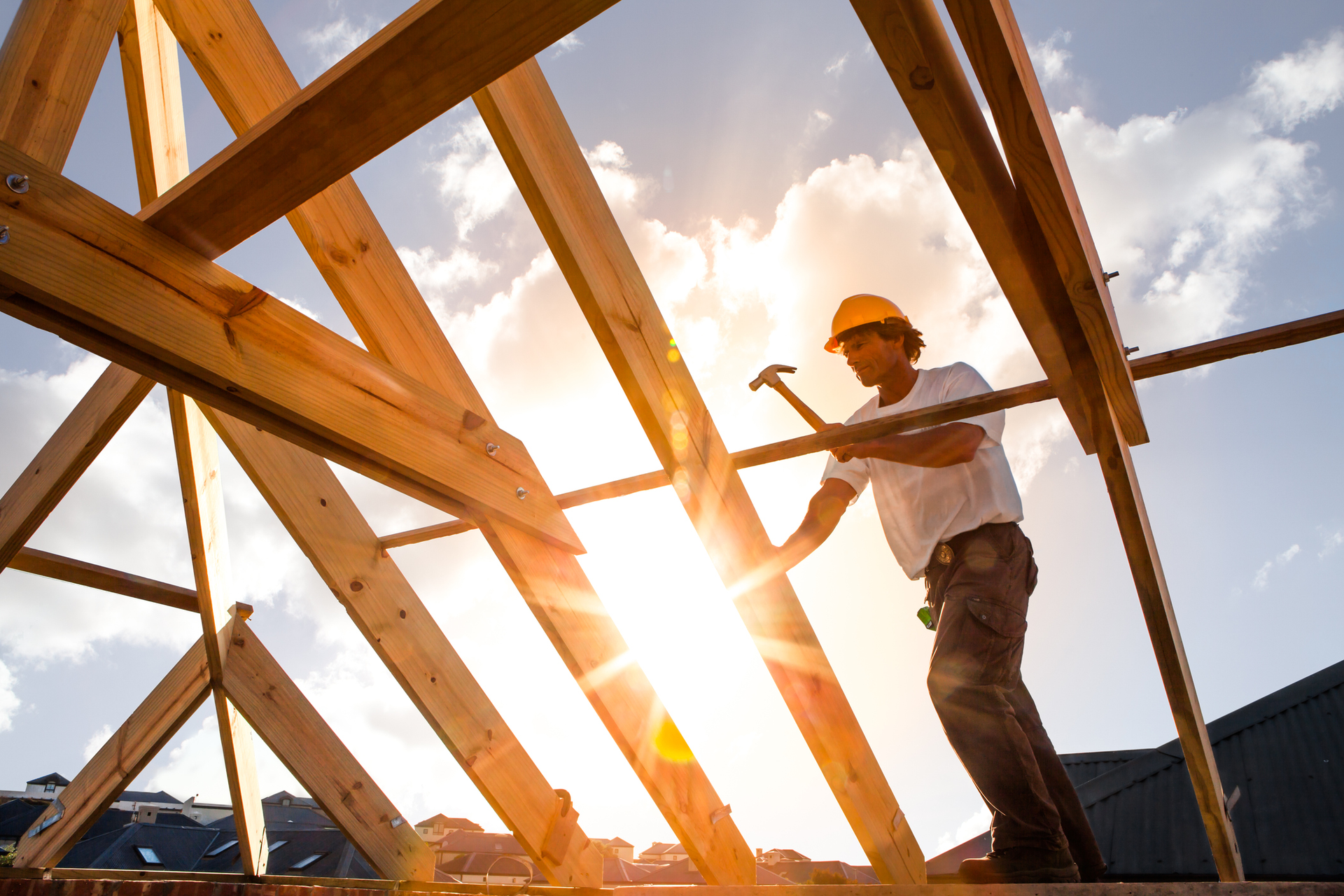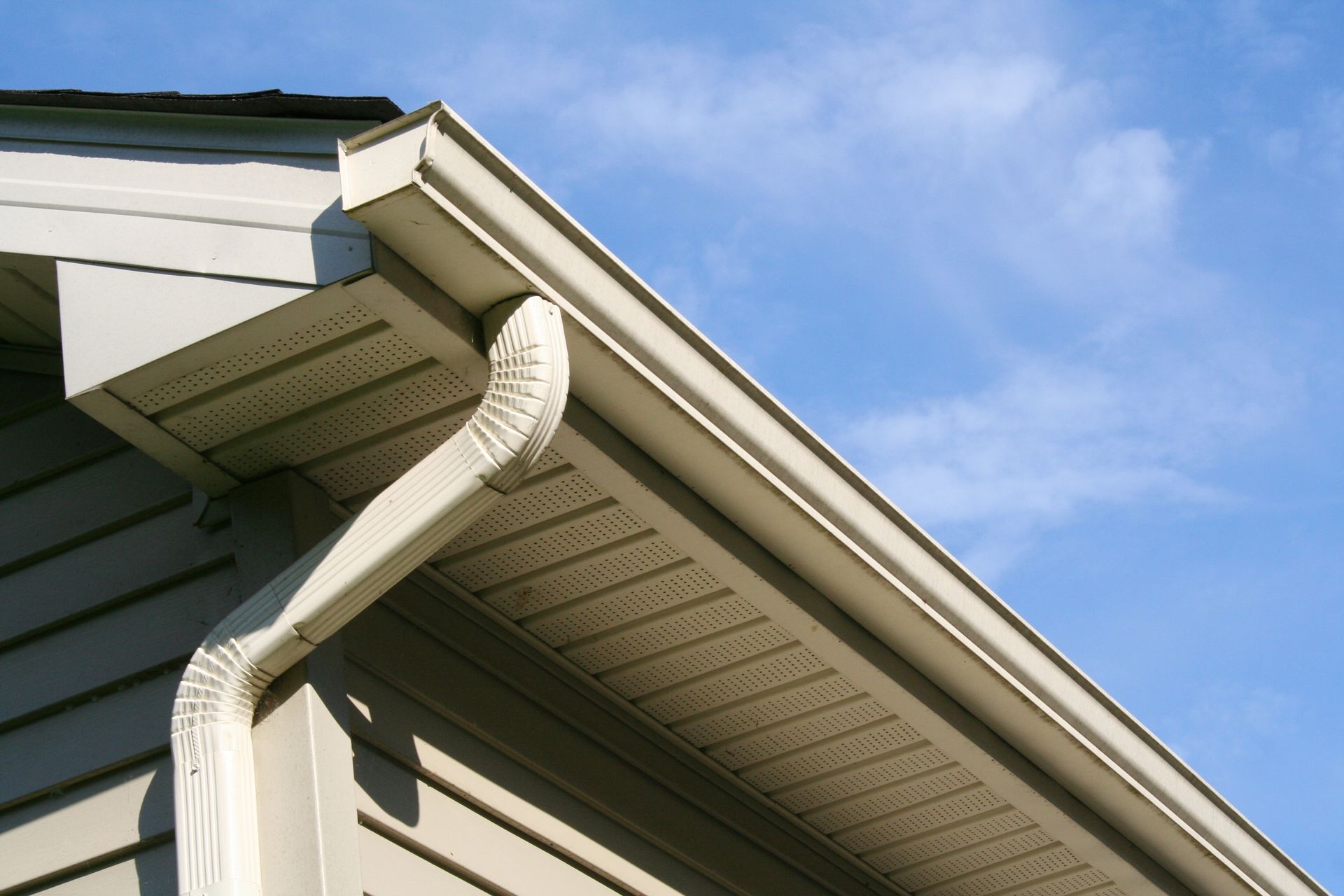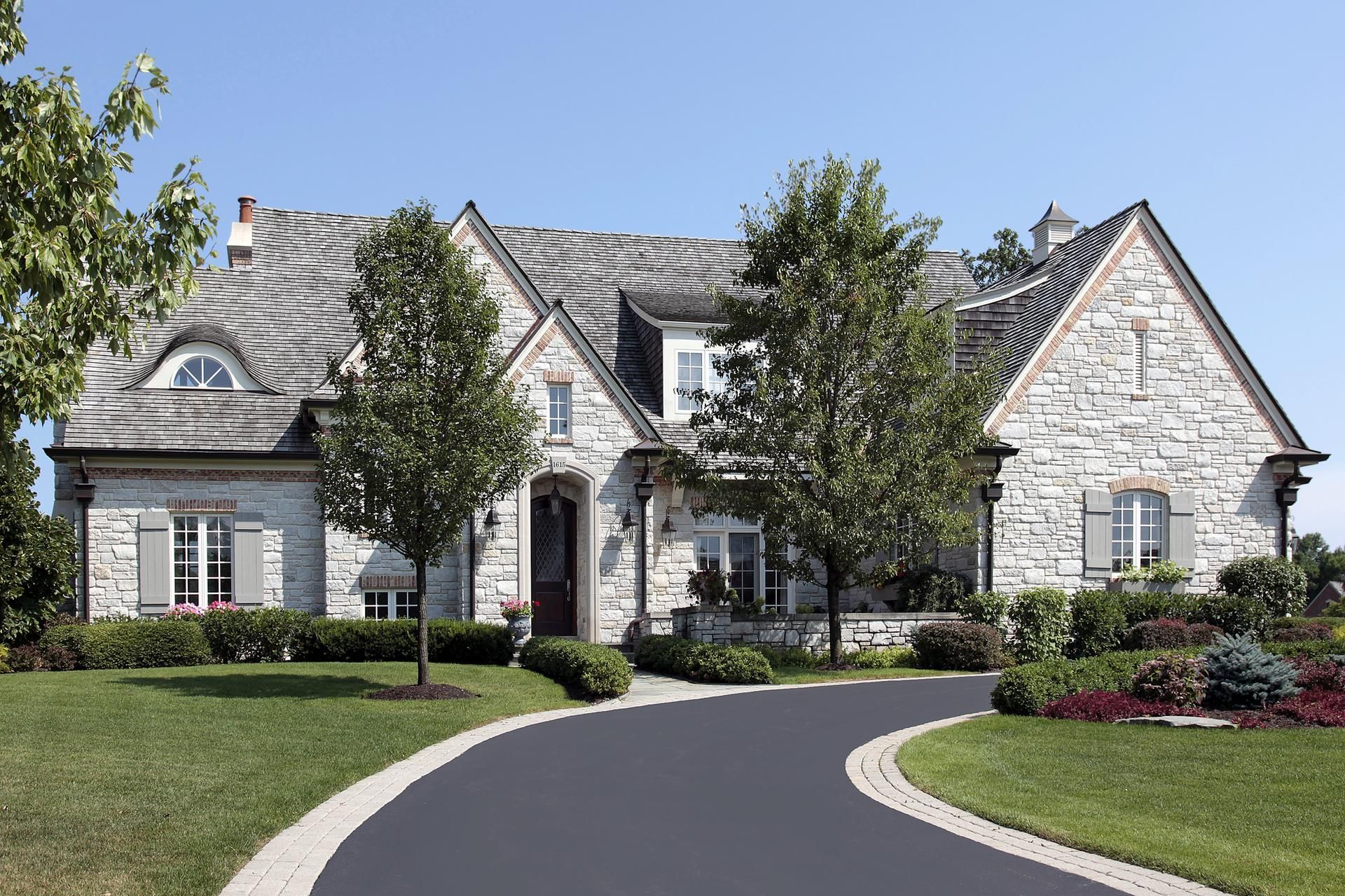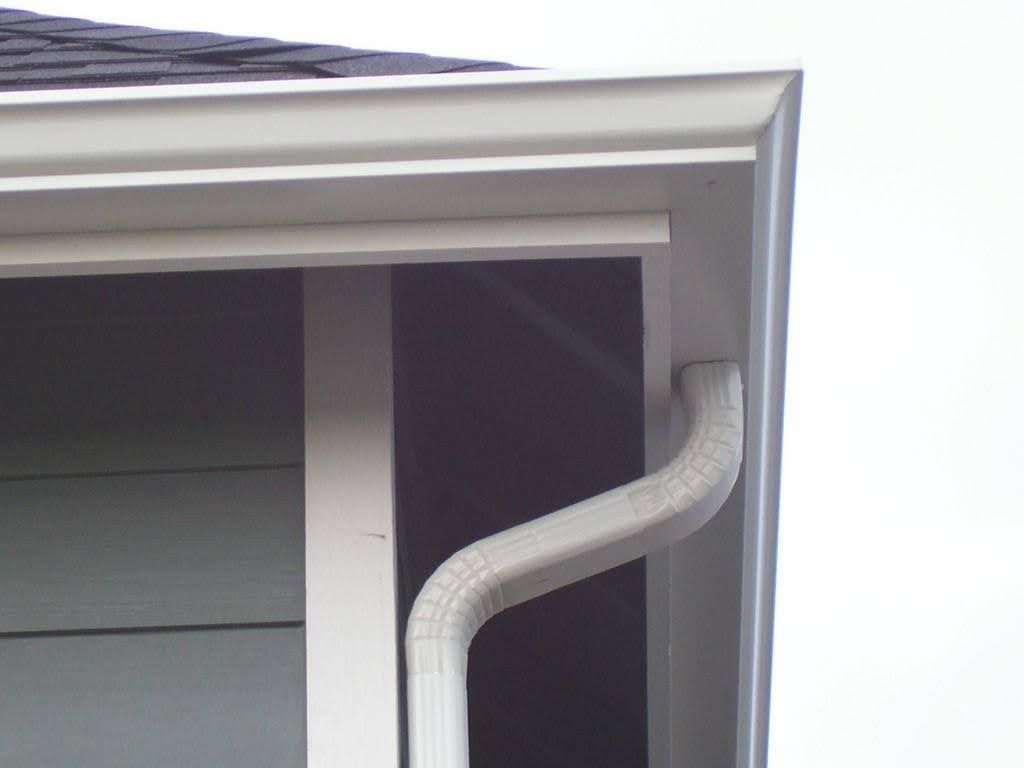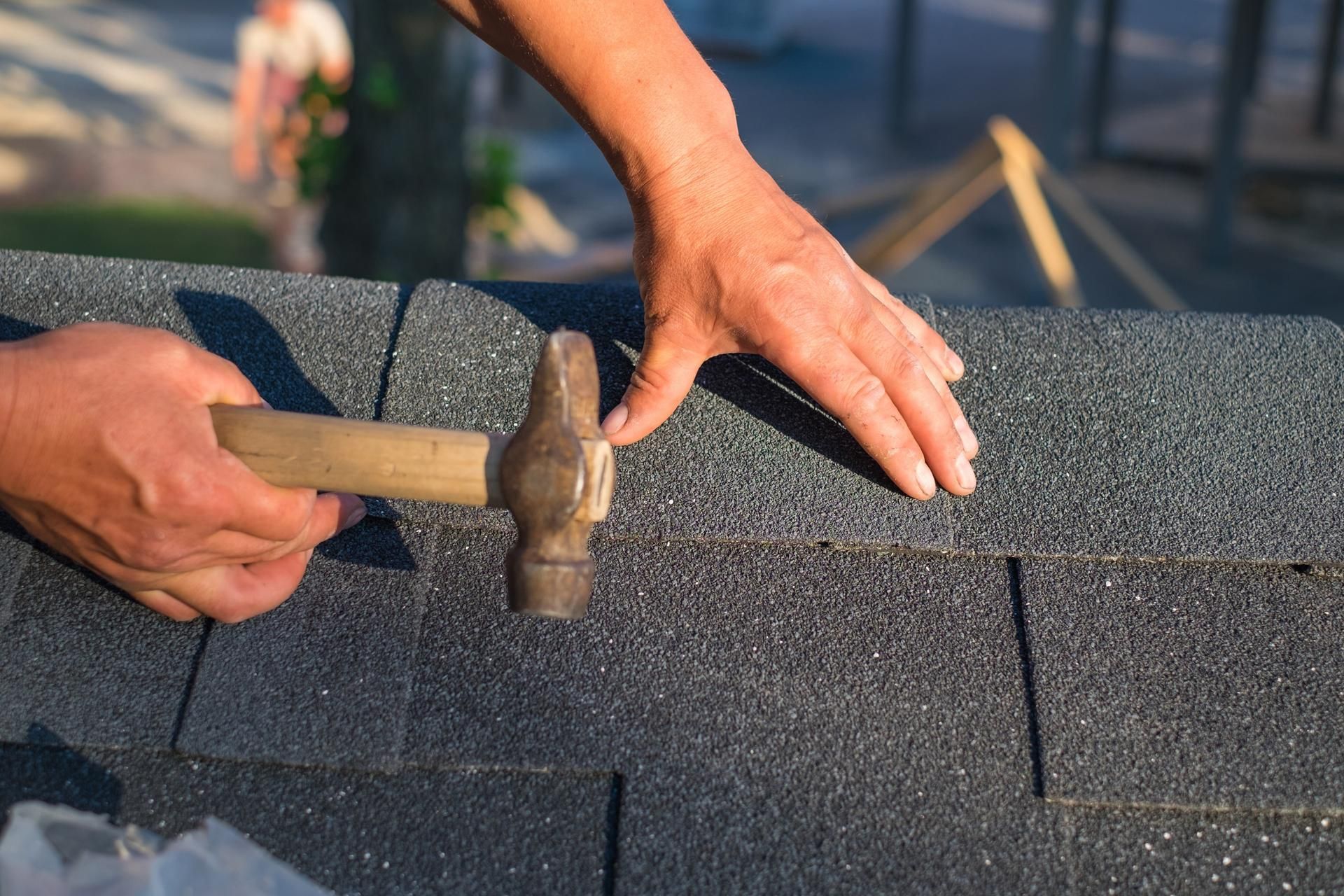Need a New Roof? Clearing Up 7 Misconceptions About Asphalt Shingles
If your home needs a new roof, consider asphalt shingles. Asphalt shingles are among the most popular roofing materials in use today. However, some misconceptions about asphalt shingles exist. These misconceptions can stop homeowners from enjoying the benefits asphalt shingles have to offer.
Are you concerned about what you have heard about asphalt shingles? If so, read the list below. Learn about seven misconceptions about asphalt roofing shingles that need to be put to rest.
1. They Are Not Good on Deep Slopes
If you need a new roof for your home, you might be worried about the slope. If that is the case, talk to your roofing contractor about asphalt shingles. Asphalt shingles can be installed on any type of roof slope. That includes deep-slope designs. If you have a deep slope on your roof, a roofer can use special hardware to install your asphalt shingles.
2. They Are Made With Harmful Materials
If you are worried about your health and safety, asphalt shingles are a good option for your new roof. You might be worried that asphalt shingles contain asbestos. That is not the case though. Before 1989, some asphalt shingles did contain asbestos. But, asphalt shingles no longer contain that harmful material. Asphalt shingles are safe for use on residential, commercial, and industrial buildings.
3. They Are Not Fire-Resistant
If you live in a fire-prone region, you need a roofing material that provides fire protection. Many asphalt shingle roofs have a Class A rating for fire resistance. And, you can increase the resistance by including a fire-resistant underlayment. Your roofing specialist can add that when they install your asphalt shingle roof. That means your home will have the protection it needs during fire season.
4. They are Not Very Durable
If you are in the market for a new roof, you want a material that can withstand pressure. Durability is especially important where wind, rain, and snow are concerned. If you have decided against asphalt shingles, rethink that decision. Asphalt shingles are among the most durable roofing materials you can get for your home. Asphalt shingles are designed to withstand high winds, torrential rains, and heavy snow packs. Asphalt shingles can also withstand foot traffic. That means you can still put up your holiday decorations each year.
5. They Are Not Energy-Efficient
If you want to save money on your energy bills, do not take asphalt shingles off your list of roofing materials. Asphalt shingles can increase your home's energy efficiency. Asphalt shingles come with a protective coating that prevents heat absorption. Reduced heat absorption means your home will stay cooler during the summer. And, you will not need to overwork your air conditioner.
6. They Are Not Long-Lasting
If you are worried about longevity, talk to your roofing contractor about asphalt shingles. Asphalt shingles can last up to 30 years. That means you may never need to replace your roof again when you choose asphalt shingles for your home. And, when you install an asphalt shingle roof, you will also get warranty protection. With warranty protection, any damage and defects will be covered.
7. They Are Not Eco-Friendly
Eco-friendliness is an important consideration when choosing a roofing material. If you have not added asphalt shingles to your list of material options, you should. Old asphalt shingles can be recycled into new products. That means they will not end up in local landfills or waterways. This makes asphalt shingles an eco-friendly material for your new roof.
If you have any questions about asphalt shingles, call us today. We can go over anything you might want to know.
